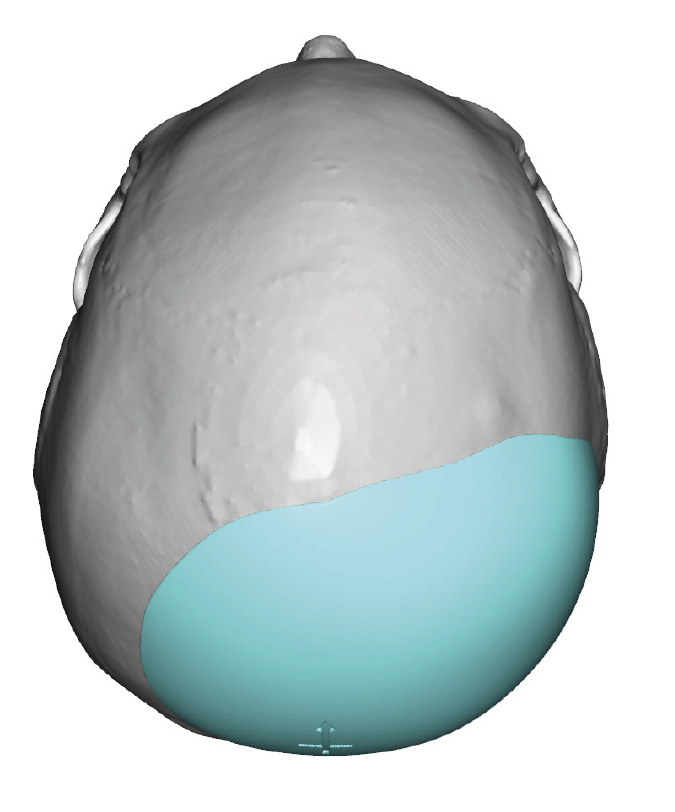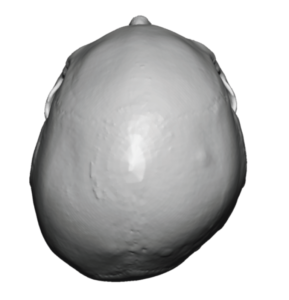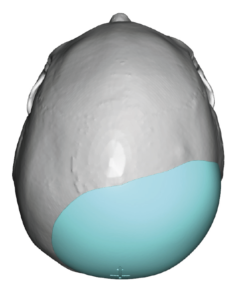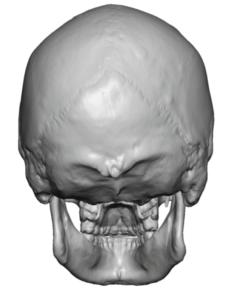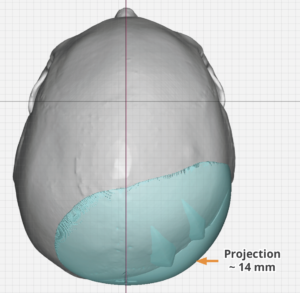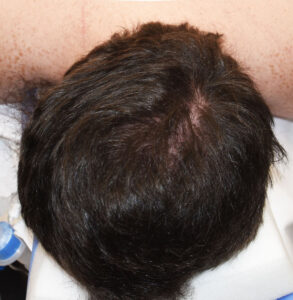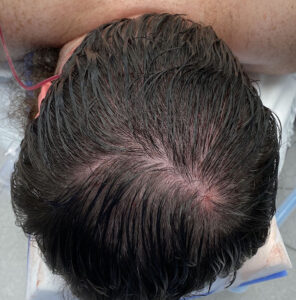Background: Plagiocephaly is the most recognizable type of skull deformity. It is usually associated with infants and children because this is when non-surgical and surgical treatments would be most effective to partially or totally reverse the abnormal skull shape. But many more patients affected by plagiocephaly never receive treatment or fail to get substantial improvement when they are young (particularly with helmet therapies)…often told they would grow out of it.
While plagiocephaly affects the entire skull, and even the face, it presents most significantly on the back of the head. One side will be flatter, more frequently the right side, which extends forward into the posterior temporal region just above and behind the ear. For those affected they frequently describe it as if part of the back of their head was cut off.
As an adult with plagiocephaly it is often bothersome particularly in men because of shorter hairstyles. They frequently wear longer hair to help hide it or cover it with hats or caps. I have heard many a male plagiocephaly patient tell me that they never go out or leave their home without a head covering. The goal of surgical correction is to make that lifestyle change…to go out without the concern or need to cover their head .
Case Study: This male has an aesthetically bothersome flat back of his right head. He fell into the category of patients who always wore a hat with the goal of having the luxury to not do so without worry.

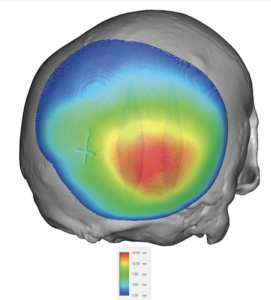
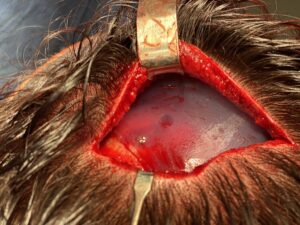
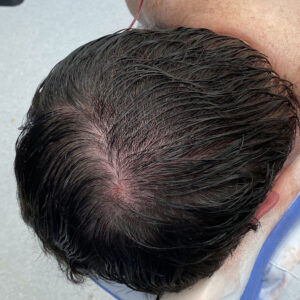
The most common reason men see skull augmentation is for asymmetries or flatness on the back of their heads.
Case Highlights:
1) The most common aesthetic presentation of plagiocephaly is a flat back of the head which occurs more frequently on the right side.
2) A custom skull implant can correct the flat back of the head within the limits of the stretch of the scalp.
3) The plagiocephalic skull implant is placed through a low horizontal scalp incision.
Dr. Barry Eppley
Indianapolis, Indiana

